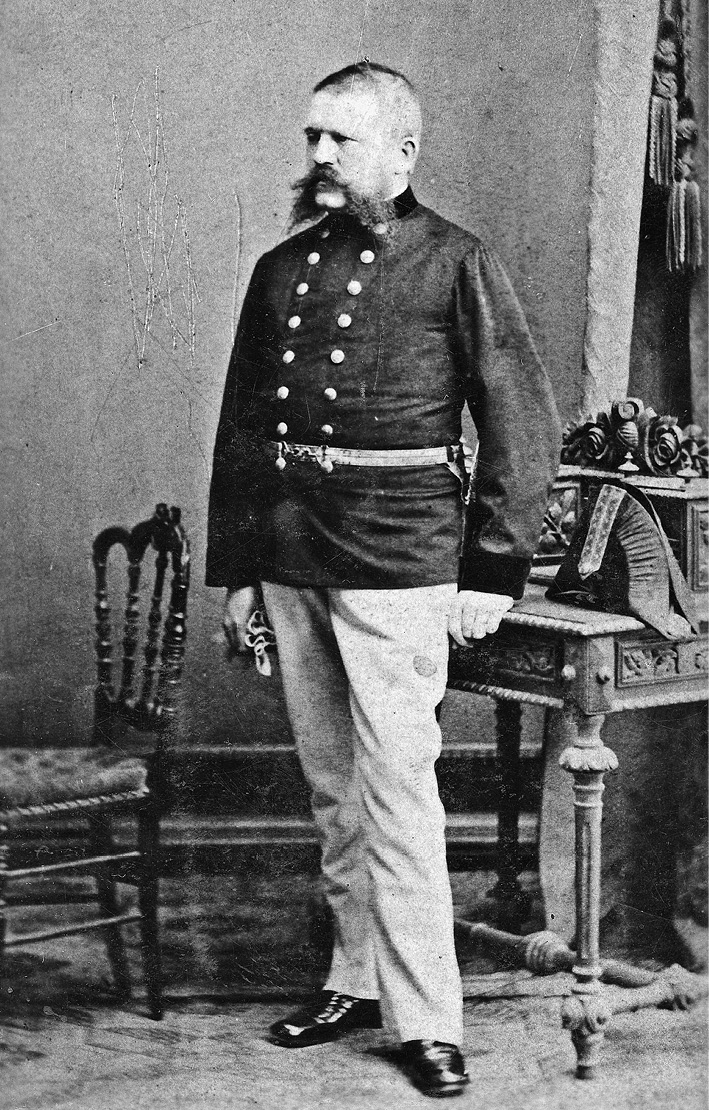© 2020 All Rights Reserved. Do not distribute or repurpose this work without written permission from the copyright holder(s).
Printed from https://www.damninteresting.com/curio/the-unknown-father/

Alois Schicklgruber was never quite certain who his father was. Born in 1837, Schicklgruber was the child of Maria Anna Schicklgruber, an unmarried 42-year-old peasant woman from the village of Döllersheim in Lower Austria. When young Schicklgruber was baptized, in the space reserved for the father’s name on the baptismal certificate, the priest wrote “unehelich”, German for “illegitimate.”
Later in life, although Schicklgruber was described as pedantic, temperamental, and humorless, he was a curiously successful womanizer. He fathered multiple illegitimate children of his own from various women, and occasionally married. In 1876, while married to his second wife and having an affair with his soon-to-be third wife, Schicklgruber asked his parish priest for permission to change his last name. Schicklgruber’s mother had married his alleged father, a man named Johann Georg Hiedler, and Schicklgruber wished to adopt the Hiedler surname to achieve legitimacy. The request was granted, but for reasons lost to time, the priest did not write “Hiedler” on the form, but rather an alternate spelling: “Hitler.”
When his second wife died in 1883, Alois Hitler married his late wife’s young caretaker Klara Pölzl (who may have been a blood relative). Together they had multiple children. One of the children who survived to adulthood, their son Adolf, would go on to become the dictator of Germany. Were it not for a name-change form in 1876, the armies of the Third Reich might have rallied under the battle cry, “Heil Schicklgruber!”
To conceal the uncertainty of his lineage, in 1938 Adolf Hitler ordered his grandmother’s home village of Döllersheim evacuated, and the vacant village was converted into a practice range for Germany’s armed forces. According to historian John Toland, author of Adolf Hitler: The Definitive Biography, Hitler also dictated that the Nazi law defining Jewishness specifically excluded two individuals: Jesus Christ and Adolf Hitler.
© 2020 All Rights Reserved. Do not distribute or repurpose this work without written permission from the copyright holder(s).
Printed from https://www.damninteresting.com/curio/the-unknown-father/
Since you enjoyed our work enough to print it out, and read it clear to the end, would you consider donating a few dollars at https://www.damninteresting.com/donate ?
Phenomenal presentation of the info.!
I knew all of this except for “Schicklgruber.”
I’m getting better.
Superb article! So, in the end, Adolf and Jesus had something in common…